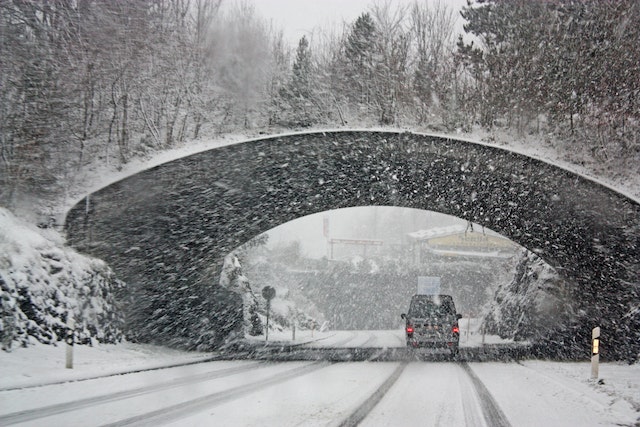
People are caught off guard every winter when cold, wet weather changes driving conditions. Whether this is your first winter behind the wheel or your 30th, we can all use a timely reminder about keeping safe on the road.
Do not underestimate fall weather
Tennessee doesn’t usually see frost conditions in fall, but in this era of unpredictable and sudden weather swings, you should be on alert just the same.
Early morning driving can be treacherous if there was frost overnight. Even after most of the road has dried, surprise slippery spots can hide on bridges, ramps and shady areas.
Give yourself time to adjust to snow and ice
Even people in Minnesota have to re-train themselves each winter to drive safely on snow and ice. Since we have far less experience driving on snow and ice in Tennessee, we must be especially careful in these conditions.
It goes without saying that you should slow down, but remember to give other cars, bikes and pedestrians plenty of extra space. It only takes a moment for one sliding vehicle to turn into a multi-car pile-up.
Stay clear of snowplows
Passing a snowplow in poor conditions is incredibly dangerous. Stay patient and let them do their jobs. Being a few minutes late is preferable to crashing into a ditch.
Ice in its many forms
Black ice is notoriously dangerous, but its many cousins also can send a car sliding out of control. For example, all the stopping and starting at intersections tends to polish snow and ice into a mirror finish. These patches make it difficult to get going when the light turns green, but it also causes havoc for people turning in motion.
If you hit a patch of ice and feel yourself losing control, resist the urge to stomp on the brakes. Just let the car roll over the ice until you reach a safe patch. Meanwhile, turn the steering wheel as little as possible, and then only in subtle, gentle turns until your car regains traction.
Emergency kit
Emergency kits may seem unnecessary in Tennessee, but on the rare occasions you use it, you’ll be grateful you had it. Kits should include a shovel, kitty litter (for traction assistance), jumper cables, blankets and a few energy bars in case you’re stuck for hours.




